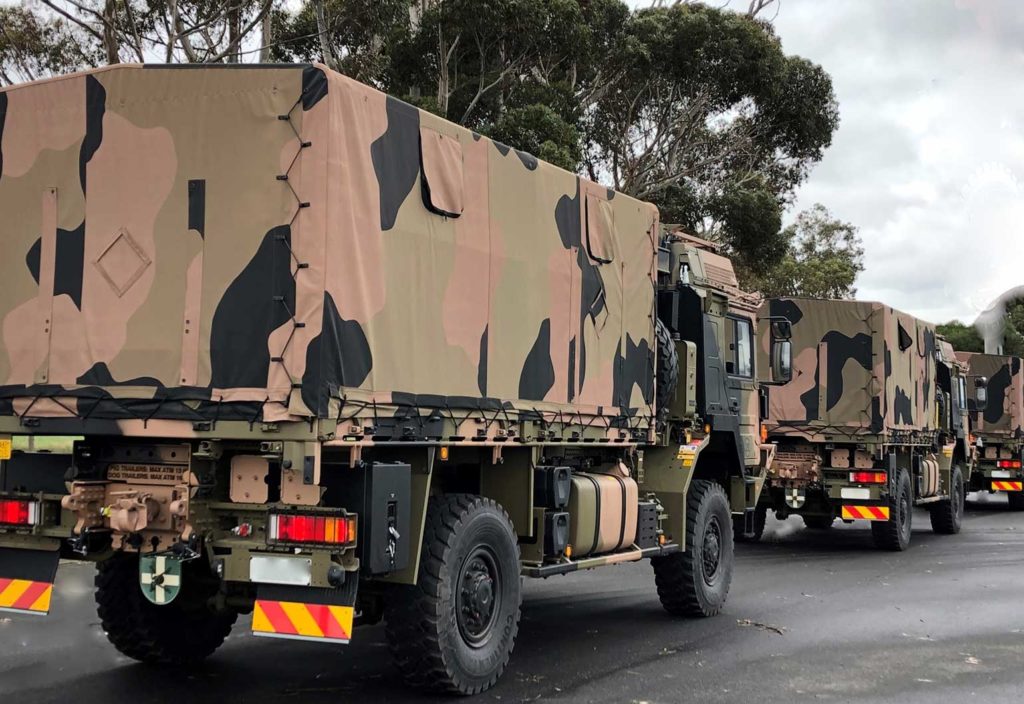A military-academic collaboration is advancing autonomous vehicle technology to ready it for use by the Australian Army.
Deakin University’s Institute for Intelligent Systems Research and Innovation (IISRI) will explore new possibilities for autonomous vehicles in the military as part of a $3.5 million agreement with the Australian Army.
The new contract marks phase two of a partnership between IISRI and the Army that began in December 2018, bringing the total value of the investment to $6.3 million.
The second phase will see IISRI expand the research and prototype the technology it developed during the first phase.

“The technology we have developed so far is vehicle-agnostic,” IISRI Director Professor Saeid Nahavandi told create.
“We have developed a chip, and you can put it in large trucks and give autonomy and semi-autonomous and semi-operation capabilities.”
Nahavandi said the size of the vehicles that the military uses, and the off-road uses to which they are put, makes the task of designing autonomous technology a distinct one.
“Driving this vehicle is really different from your normal passenger vehicle,” he said.
“The way you need to control it — all of the safety features, extra hazards, complexities, and in terms of turning-points, mobility and safety, there’s a level of complexity.”
Nahavandi’s 30 years of experience researching haptics and robotics has informed his approach to this new work. In this case, it was a matter of building up the technology from small robots so that it would be suitable for large military vehicles.
“To have a system which can deal with all kinds of scenarios, all kinds of weather conditions and all kinds of terrain … is often challenging,” he said.
“It is more complex than driving your vehicle in a highly structured environment.”
He also highlighted the adaptability of the technology.
“Once delivered to our military, then it can easily be deployed to other sectors,” Nahavandi said.
“The technology can be used for the mining industry; it can be used in the agricultural industry … and obviously for transportation for cities.”
Deakin Deputy Vice-Chancellor Research and Alfred Deakin Professor Julie Owens said it is a privilege to play a role in protecting Australia.
“Deakin continues to work very closely with the Australian Defence Force to provide key technologies and capabilities to strengthen Australia’s sovereign capabilities,” she said.
“Deakin is uniquely geared towards providing solutions to real-world problems and we are proud of our track record and successful past delivery of projects for our clients, including the Australian Army.”
This article first appeared as “Heading off-road” in the October 2020 issue of create magazine.
